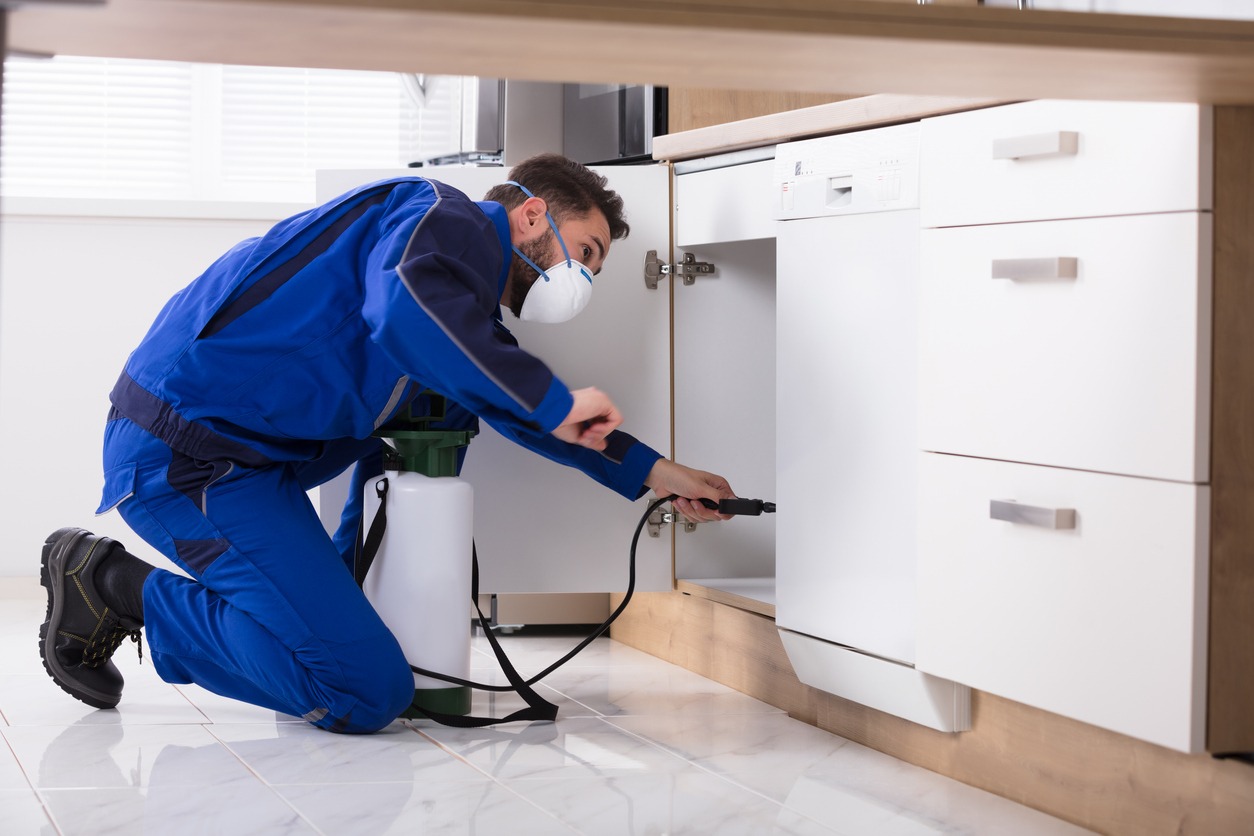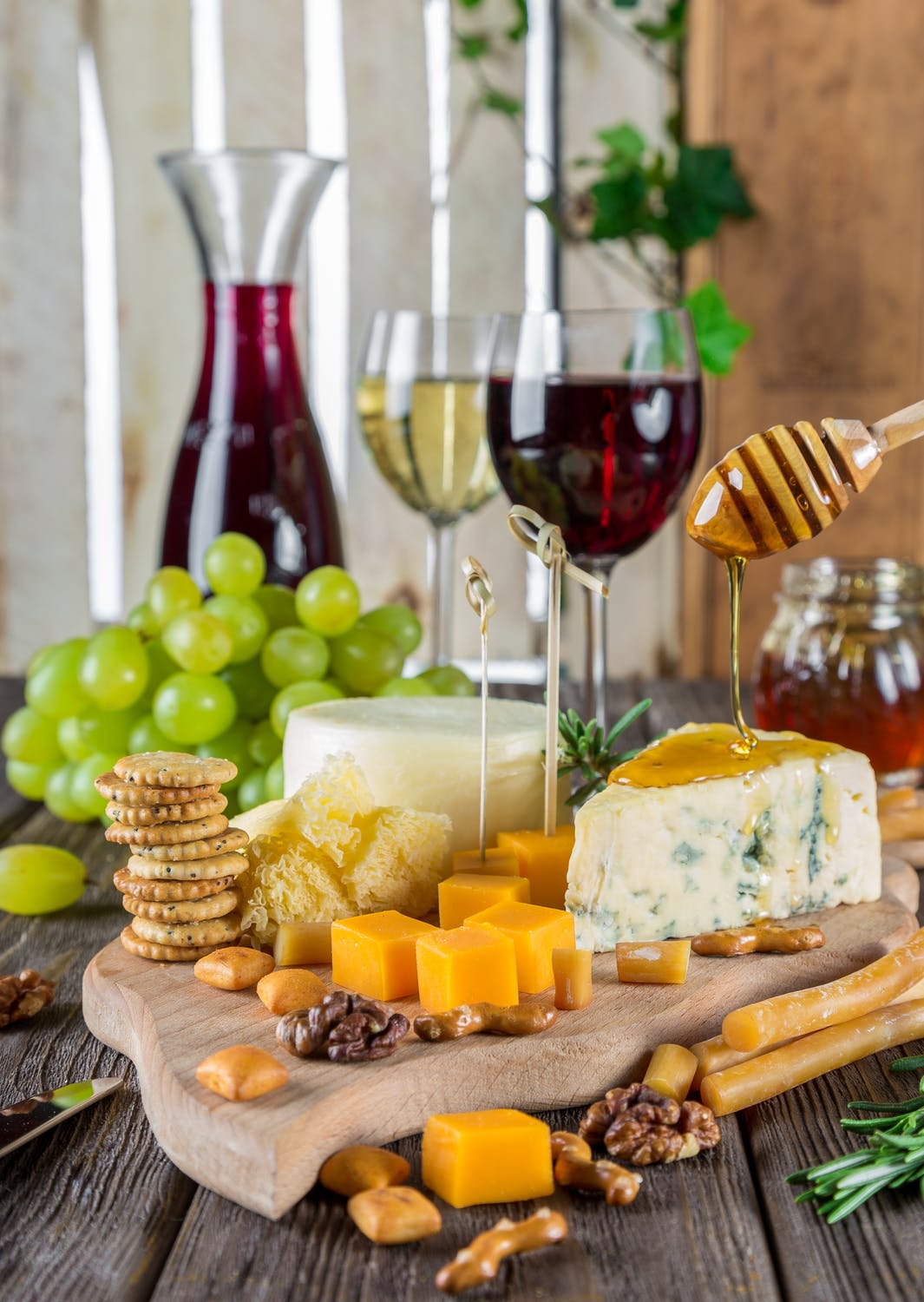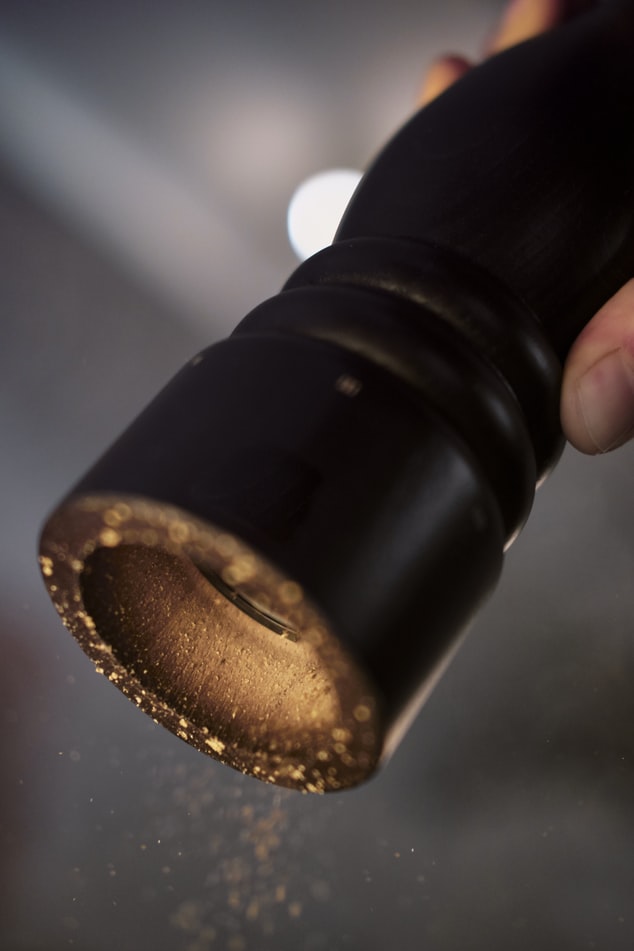Here’s How to Keep Your Kitchen Pest-Free

Home gatherings have always been in the kitchen. But, there are a few unwelcome visitors homeowners would rather not have - pests!
Kitchens are easy targets for pantry moths, ants, and cockroaches. They destroy our sacred space, contaminate food, and spread bacteria.
What Attracts Kitchen Pests
Kitchens and pantries are a haven for pests because they provide them with food and shelter. Water, a necessity for pest survival, is easily accessible in the kitchen. Cockroaches and ants can be drawn to leaky faucets, sinks, and standing water. Condensation can also do so.
They're drawn to everything. Pests in the pantry eat grains like flour and cereals, as well as dried fruit, nuts, and spices. Their hunger goes beyond just that - they will eat a variety of things, including pet food! Opening packages is easier for them, but they can also get into sealed ones.
Kitchens and pantries have numerous hiding spots and nesting areas. Dark, warm, and humid environments are ideal for pests to thrive. These places are like those behind appliances, cabinets, and storage. Clutter and poor cleaning can attract pests. Overflowing bins, crumbs, and unwashed dishes can be food and nesting materials for insects.
Common Pantry Pests
Discovering your pantry filled with bugs is a dreadful experience. Bugs are mainly brought into our cabinets by contaminated food products. Your kitchen may be clean. But, if your favourite grains and foods are easy to reach, they'll get in. Finding bugs in food isn't fun...
Cockroaches
A cockroach scurrying into a corner or under the fridge as soon as you enter the kitchen is incredibly repulsive. They carry seven different types of human pathogens. These include E coli and salmonella. Their saliva, droppings, and decomposing bodies contain allergen proteins. These proteins trigger allergies and make asthma worse.
Kitchen leaks, sinks, and condensation are common sources. Also, you can store fruits and vegetables in pantries with high water content.
Pantry Moths
It's dry food items that attract pantry moths, like the Indian meal moth. Moth larvae emerge from eggs deposited in these food sources, so they have immediate access to nutrients. Most pantries are warm and have stable, moderate humidity. This is perfect for moth larvae. Moth larvae grow, pupate, and become adults under these conditions.
You can find moths in a lot of places in the kitchen, like cracks, crevices, and food packages. There's less disruption for moth larvae and adults in pantries because there's less human presence.
Ants
Ants are drawn to the numerous food items present in kitchens. They like sweet treats like candies, syrups, and fruit juices. Additionally, they enjoy oily foods, proteins, and even pet food. Ants dispatch scouts in search of food and water. When a scout discovers a quality food source, it marks a trail with pheromones for other ants to track. This trail leads to a big ant colony straight to your kitchen.
Ants quickly locate kitchens and pantries as convenient spots to hide and construct their nests. They can create nests in wall voids, cracks, and crevices, as well as behind appliances. These locations are cosy and damp, making them perfect for the colony.
Ways To Get Rid of Kitchen Pests
Even though getting rid of pantry pests can take time, there are a few things you can do:
- Keep dry pantry foods in airtight containers. The larvae can chew through paper and cardboard to get to other food or just get into containers that aren't tightly sealed.
- Regularly clean your pantry shelves. Small bits of food left in the pantry feed pests. Taking them away leads to a decrease in the amount of food available to them. Pests are unable to find food easily in cupboards that are free of crumbs and spills are promptly cleaned up. Hence, harsh chemicals are unnecessary. Some over-the-counter pesticides may not be successful. While, misusing or mixing them can also harm people and pets, especially near food.
- Do not combine old and new dry food items unless you are completely certain that they are free of pests. If you're not sure if something is infested, put the product in a clear plastic bag. The pests will gather inside the bag if the product is infested.
- Clean old containers well before reusing them. In this way, you don't have to worry about existing pests contaminating your new product.
- Wash shelves and cupboards with soapy water. Or use vinegar and water to kill pest eggs. A lot of individuals avoid using cleaning products containing harsh and toxic ingredients. Distilled white vinegar can substitute numerous chemical cleaners within your household. It can be utilised alone or paired with other natural cleaning products. Using a spray bottle, combining vinegar and water is a great choice for cleaning tasks.
- You need to look for cracks, gaps, and holes in your kitchen where pests can get in. Seal any openings that bugs could use to get in with caulk or other pest-proof materials.
- Get rid of still water in sinks and dishes, and make sure to dry moist surfaces. All dripping faucets, pipes, or appliances should be repaired.
- When positioned under sinks and behind appliances, roach baits and sticky traps prove to be successful. Place bait stations or ant traps in areas where ants are found. You can place dried lavender or cedar in the pantry to prevent moths.
In many situations, you can eliminate pantry pests by yourself. Make an appointment for a pest control inspection if DIY solutions are ineffective and the infestation continues. You cannot control the infestation on your own if you are unaware of the source.
Things You Can Do in Your Kitchen to Keep Pests Out
Once you have eliminated pantry pests, you want to prevent their reappearance. If you spot pantry pests, respond promptly and prevent them from causing any trouble. Here is the best way to get rid of kitchen pests once and for all:
- Buy only the quantity of food you can eat quickly from the supermarket rather than buying in large quantities. There is no need to worry about food lingering in your pantry and attracting pests.
- Remember to verify the expiration date. Pantry pests love to feed on organic matter breaking down in your pantry.
- Place the food in glass, ceramic, or sturdy plastic containers if you plan to consume it later. Remove them from their original packaging to stop pests from getting a hold of them. Refrigerating or freezing perishable goods is a smart idea.
- Ensure your pantry is cleaned regularly, promptly address spills and crumbs, and discard unwanted food items. Clean the cupboards and shelves by wiping them with a mixture of warm water and soap.
- Run your garbage disposal regularly. Keep your waste bins clean and tightly closed.
- You should not let your dirty dishes sit in the sink for long periods because they will accumulate dirt.
- Put bay leaves in canisters or packages in the pantry. Many pests avoid this herb due to its strong and unpleasant odour. Place the leaves on shelves and inside cabinets, or sprinkle them over countertops.
In Conclusion
You can easily manage and prevent pests in your kitchen. Just keep it clean and store food well. Also, take preventative measures. Preventing pest infestations involves reducing clutter. It also means storing food in airtight containers, fixing leaks, and sealing entry points. Frequent cleaning, correct food storage, and thorough inspection can prevent pests from entering kitchens and pantries.




